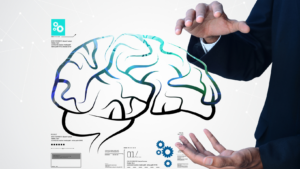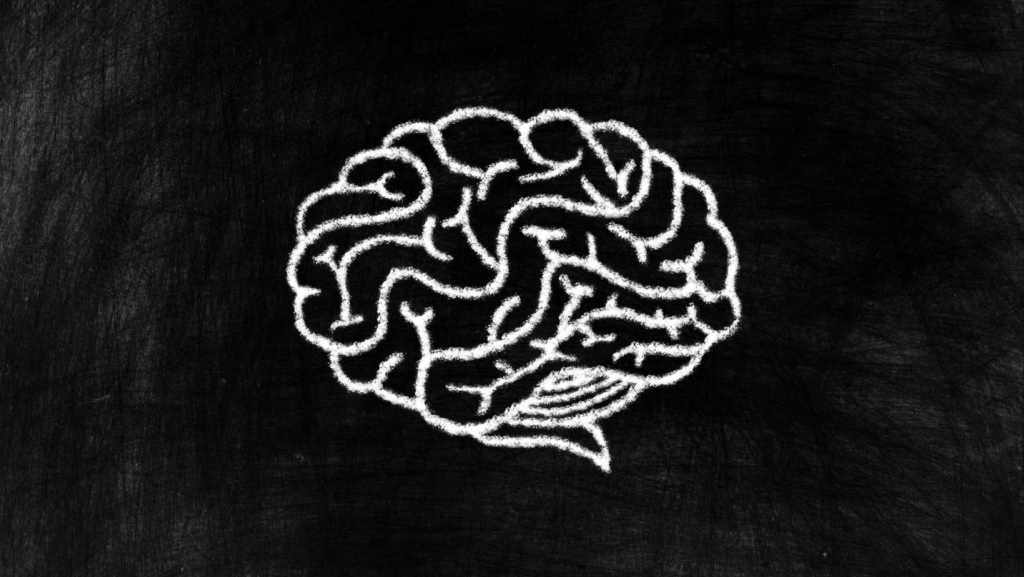Unraveling the mysteries of the human brain has been a quest for scientists and researchers for centuries. With the help of cutting-edge technology, we’re now able to peek into the intricate workings of this complex organ. The diagram brain is one such tool that offers a detailed view of the brain’s structure and functions.
This article will delve into this diagram, shedding light on the various components of the brain it illustrates. Whether you’re a curious reader or a student of neuroscience, you’ll find this exploration both enlightening and engaging. So, brace yourself for an exciting journey into the fascinating world of the human brain, and gear up for 2024 with new insights and discoveries.
Understanding the Diagram Brain

A deeper insight into the diagram brain, along with Expert Tips, allows a more comprehensive understanding of this intricate organ. Let’s delve into the notable features and the representation of the brain’s structure in the diagram.
Benefits of Using the “diagram brain”
The diagram brain extends far beyond serving as an illustrative guide. It proves its value in different contexts, among diverse user groups. Let’s delve into the benefits segmented by user category.
For Teachers and Students
The “diagram brain” works as an education facilitator. Teachers find it handy, as they get a comprehensive tool to explain intricate brain concepts to students. Different sections in the diagram allow students to visually comprehend the structure and functionality of the brain. For instance, it’s easier to understand the role of the hypothalamus in controlling hormone release, by using a diagram that clearly demarcates it and shows its connection with the pituitary gland.
For Researchers and Healthcare Professionals
For researchers and healthcare professionals, this detailed brain diagram proves invaluable. It facilitates understanding the neural architecture, thereby aiding in identifying anomalies related to pathologies. The diagram also supports researchers in their studies, helping them make connections between the macroscopic and microscopic structures of the brain. For example, comprehending how dendritic connections contribute to the function of the amygdala, as displayed in the diagram, simplifies their work.
How to Interpret the Diagram Brain
Interpreting the “diagram brain” becomes a simple endeavor when equipped with the right guidelines. This section serves to help users maximize the utility of this particular diagram, which transcends the traditional boundaries of brain diagrams, bridging macroscopic and microscopic views.
Step-by-Step Guidelines

- Recognize the anatomy: A critical first step involves identifying and understanding the different parts and regions of the brain diagram. This diagram boasts both macroscopic and microscopic details, ranging from major brain divisions to intricate neural pathways.
- Use the legend: The legend of the diagram is a beneficial tool. It acts as a guide, linking specific symbols, patterns, and colors on the diagram to their respective structural components or functions within the brain.
- Compare the brain regions: Use the diagram to compare the size, location, and relative positioning of the various brain parts. Equipped with macroscopic perspectives, the diagram offers clarity on the structural organization of the brain.
- Understand neural pathways: Next, focus on the microscopic details. The diagram’s intricate illustrations of neural pathways and micro-structural components provide a window into the minute functions of the brain.
- Overwhelming detail: Given the diagram’s comprehensive nature, the amount of information can initially be overwhelming. However, breaking down the interpretation process into the aforementioned steps can make the process more manageable.
- Requires prior knowledge: As this diagram is detailed, it expects users to possess some basic knowledge about the brain’s structure and function. Reading up on basic neuroanatomy can significantly enhance the process of interpreting this diagram.
- Color and symbol notations: Symbols, color schemes, and complex patterns may pose challenges. Always refer back to the legend or the key to assist in deciphering these notations. Gradual familiarization with the diagram would make it easier to interpret over time.
- Inherent complexity: The complexity in representing both macroscopic and microscopic details in one diagram can be challenging to comprehend. Users might find it beneficial to focus on one aspect at a time before trying to understand the combined view.

